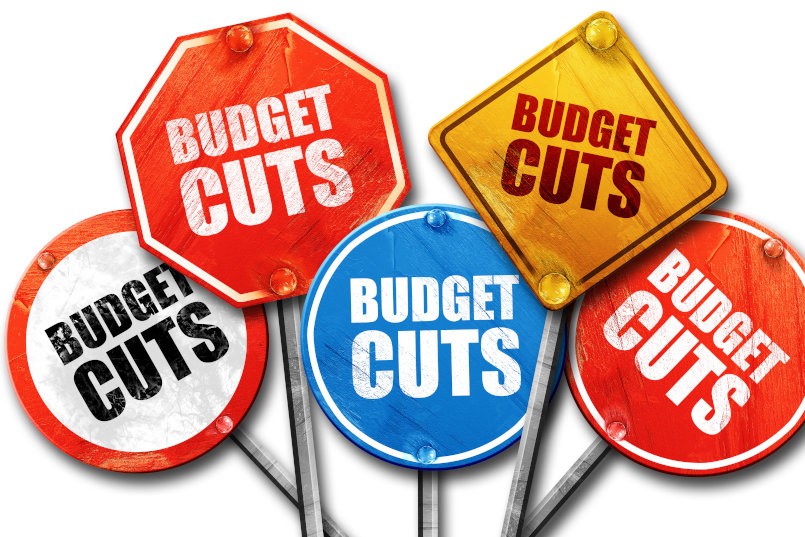What represents value when you are looking at agency fees? Often marketers and procurement professionals will look at the agency hourly rates as a measure of value. The lower the rates or the lower average rate per full time equivalent (FTE) resource the better the value. Of course this is based on the fact the agencies being compared have like-for-like resources and titles.
But is this really value? All other things being equal, is best value simply choosing the agency with the lowest rates? While this may appear logical it is a flawed approach to measuring value. We have a different approach that goes beyond hourly rates and gets into the cost of the agency to deliver outputs. When the cost of these outputs is considered against the quality of those outputs or at least the ability of the agency to deliver a required quality of output then you have a measurement of value.
The problem with rates
Don’t get me wrong, there is value in reviewing agency rates because it gives you an understanding of how the agency positions itself in the market. An agency with a higher rate overall sees itself at the premium end, while higher individual rates can reflect the capability and expertise of those individuals. We especially notice this in senior roles in creative, strategy and management. But rates alone give no indication of value. Plus the practice of looking at average rates, or average cost per FTE is even more deceptive.
This does not stop many consultants having their own database of rates, we have our own called Ad Cost Checker, which anyone is able to access and compare their hourly rates with the database of rates held there. This is quite useful for simply comparing rates but it is not a measure of value.
Hourly rates as a value measure
Often we are asked to benchmark the rates provided by the agencies tendering for an account. This can be done a number of ways with either a straight or weighted average or index. In this case five agencies provided their rates against specific and defined titles and roles in agency management, account management, strategy, creative and production.
The rates were calculated as an index against the TrinityP3 benchmarks for agencies of the calibre participating in the tender. An index of 1.00 means the agency rates are aligned to the benchmarks. An index below 1.00 means the rates are below the benchmark and above 1.00 means they are above by a percentage degree. Therefore to interpret the results in Table 1 below shows Agency 1 rates are approximately 15% above the benchmark and Agency 3 the rates are approximately 15% below the benchmark.
On this basis, which agency provides the best value? If you chose Agency 3 it would be obvious, but it is not the best value, it is simply the lowest rate per hour. But this is where many people stop and will then go with Agency 3. But what if the preferred agency was Agency 4, which is 9% above the benchmark? Often we find that marketers and procurement teams would then try to negotiate Agency 4’s rates down to the same low rate and therefore the same index.
This is really frustrating for agencies, like Agency 4, who see themselves as premium in the market and set their rates to reflect this. How annoying to be the preferred agency and then have the marketer / procurement team simply try to negotiate your rates down to be equivalent of the lower cost agency that was not preferred?
| Agency | Index |
| TrinityP3 Benchmark | 1.00 |
| Agency 1 | 1.15 |
| Agency 2 | 0.95 |
| Agency 3 | 0.85 |
| Agency 4 | 1.09 |
| Agency 5 | 0.96 |
Table 1: Index of comparable agency rates against TrinityP3 agency rate benchmarks
Benchmarking cost and not rates
Instead of relying on the rates alone we will usually ask the marketer to define a quantifiable scope of work we can then benchmark and use to have the agencies provide a response that includes not just the rates and costs but more importantly the level and mix of resources to deliver the scope of work. But as we have discussed previously many marketers will find it challenging to provide a defined scope of work.
If a marketer is unable to provide a defined and quantifiable scope of work we will then resort to defining a range of typical outputs that could be required. In this way we can ask the agencies to provide the resource level and mix and cost, using their proposed rates, to deliver each of the specified and defined outputs. In cost consulting this is called a “Basket of Goods” and allows a like-for-like comparison.
This approach allows us to not just see how the agency resources various types of outputs but we can also compare and benchmark the real cost of these outputs. If we take the agency proposals for the range of outputs requested we can then provide an index for the cost proposed by each agency against the TrinityP3 benchmarks. These benchmarks are not just rates but also resource level and mix to deliver these specific outputs.
Again an index of 1.00 means the agency cost is aligned to the benchmarks. An index below 1.00 means the rates are below the benchmark and above 1.00 means they are above by a percentage degree. The results in Table 2 reveal some interesting results.
| Agency | Index |
| TrinityP3 Benchmark | 1.00 |
| Agency 1 | 0.95 |
| Agency 2 | 1.18 |
| Agency 3 | 1.05 |
| Agency 4 | 1.52 |
| Agency 5 | 2.74 |
Table 2: Index of agency resources and costs for a set of deliverables against the TrinityP3 agency resource and rate benchmarks
The most remarkable observation is that Agency 1 appears to be 15% over benchmark on rates but is actually 5% more cost efficient when it comes to the cost of delivering the outputs. This is not unusual as the agency has most likely invested in more experienced and capable staff, which is why they charge a premium, but these staff are more time efficient and cost effective in developing and delivering the outputs.
Agency 5 appears to be 4% below benchmark on rates but unbelievably they are 174% above the benchmark. Why? In this case Agency 5 had significantly higher levels of agency resources across the board to deliver the outputs. Even Agency 4 ended up 52% above the cost benchmark for the cost of deliverables.
So now which agency represents the best value? You may choose Agency 1 as the cost of the delivered outputs is 5% below benchmark but this is not value, it is simply cost. This is certainly more defined than simply assessing rates. But in fact it does not matter if it is rates or cost, the value equation is only complete when you choose the agency that is best suited to your needs.
So when choosing an agency, if you want to look beyond the agency rates to really understand cost and ultimately value we can help you.
Our Scope of Work Management service evaluates your current agency scope of work and recommends the best approach, calibrated to your needs. Learn more here




